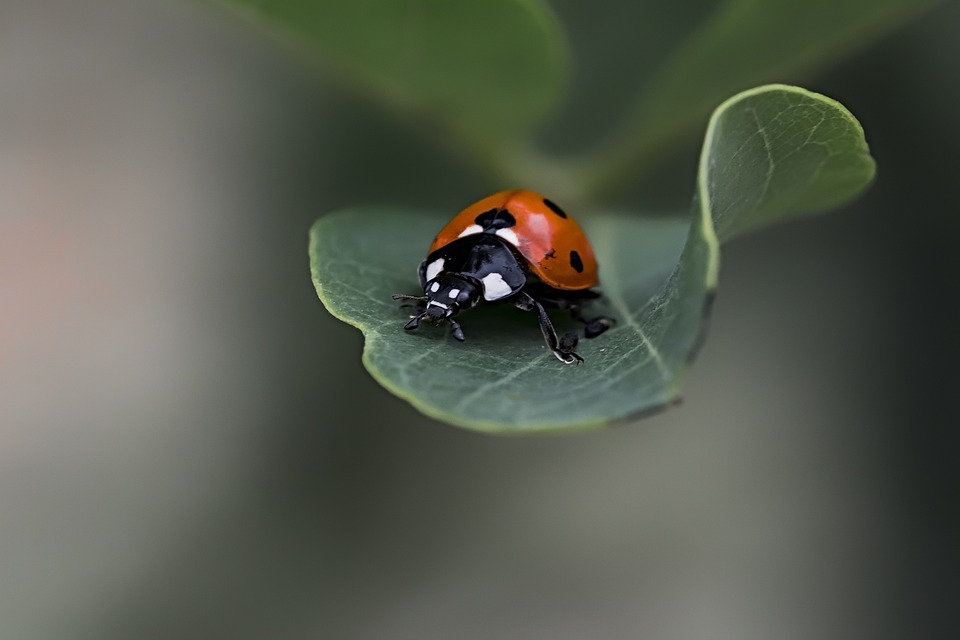Pests can be a nuisance, invading our living spaces and disrupting our comfort. From ants marching across the kitchen counters to mosquitoes buzzing around during a summer evening gathering, these unwelcome visitors can make life less enjoyable. While there are numerous commercial products available to tackle these problems, many people are turning to homemade bug sprays as a safer, all-natural alternative. Not only do homemade solutions often use simple, non-toxic ingredients, but they can also be more cost-effective and environmentally friendly. In this article, we’ll explore how to craft your own bug spray, tips for keeping your home pest-free, and the benefits of going green.
Why Make Your Own Bug Spray?
1. Control Over Ingredients
When you craft your own bug spray, you get to choose the ingredients. This means you can avoid harsh chemicals commonly found in store-bought pesticides that might be harmful to pets, children, or the environment.
2. Cost-Effectiveness
Many of the ingredients for homemade bug sprays can be found in your pantry or garden. Homemade solutions can save you money, especially if you factor in the recurring costs of purchasing commercial products.
3. Customization
Different pests require different treatments. When making your own spray, you can customize the formula based on the specific bugs you are battling, whether it’s garden pests, indoor insects, or flying nuisances.
DIY Bug Spray Recipes
1. Essential Oil Bug Spray
Ingredients:
- 10-15 drops of essential oil (e.g., peppermint, lavender, tea tree, eucalyptus, or citronella)
- 2 tablespoons of witch hazel (or vodka)
- 2 cups of water
- A spray bottle
Instructions:
- Combine the essential oil and witch hazel (or vodka) in the spray bottle.
- Add water and shake the bottle well to mix all the ingredients.
- Spray directly onto surfaces where pests are present or around windows and doorways as a repellent.
2. Vinegar Bug Spray
Ingredients:
- 1 cup of white vinegar
- 1 cup of water
- 2 tablespoons of dish soap
- A spray bottle
Instructions:
- Combine white vinegar, water, and dish soap in the spray bottle.
- Shake gently to mix.
- Spray areas where you’ve seen pest activity. The vinegar helps repel and eliminate ants, spiders, and some flying insects.
3. Garlic Bug Spray
Ingredients:
- 2 cloves of garlic
- 2 cups of water
- 1 teaspoon of liquid soap
- A spray bottle
Instructions:
- Crush the garlic cloves and steep them in the water overnight.
- Strain the mixture into a spray bottle and add the liquid soap.
- Shake and spray on plants and other areas where pests are a problem.
Tips for a Pest-Free Home
1. Keep It Clean
The first line of defense against pests is cleanliness. Make sure to regularly clean your kitchen, dining areas, and any places where food is stored. Wipe down surfaces, sweep floors, and take out the trash frequently to remove food sources.
2. Seal Entry Points
Inspect your home for any cracks, gaps, or holes that pests could use as entry points. Seal these openings with caulk or weatherstripping to keep unwanted visitors out.
3. Use Natural Deterrents
Beyond sprays, consider using natural deterrents like herbs and plants. For example, planting mint around your home can repel ants and spiders, while marigolds can deter mosquitoes.
4. Regular Maintenance
Perform routine checks in your home and garden for signs of pest activity. Address issues promptly to prevent small infestations from growing into bigger problems.
5. Educate Yourself
Learn about the pests that are common in your area and their breeding habits. Understanding the enemy lets you target your prevention strategies effectively.
Conclusion
Making your own bug spray is a simple and effective way to tackle pests in your home while ensuring the safety of your family and the environment. With a few basic ingredients and a little bit of effort, you can create customized solutions to keep your living spaces pest-free. By maintaining cleanliness, sealing entry points, and using natural deterrents, you can further enhance your home’s defenses against unwanted visitors. Embrace the DIY spirit and take control of your pest problem the natural way!
